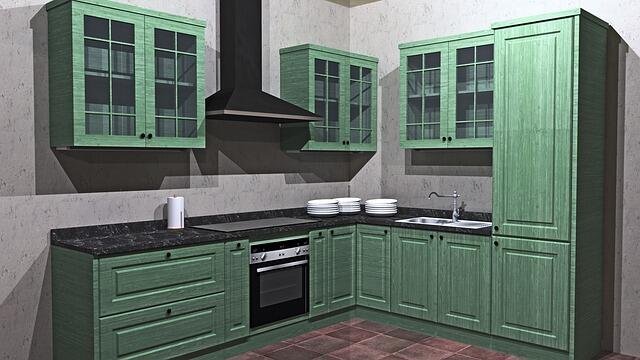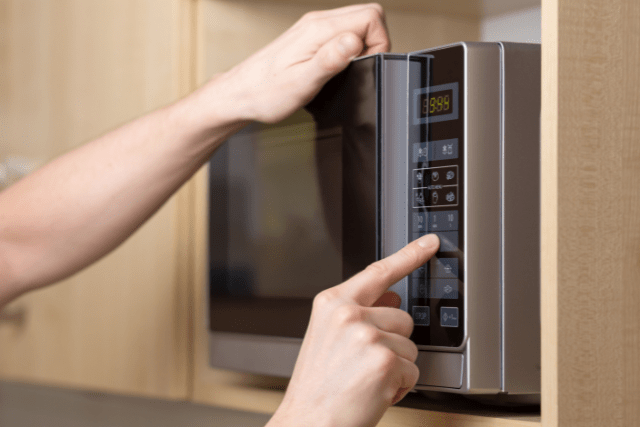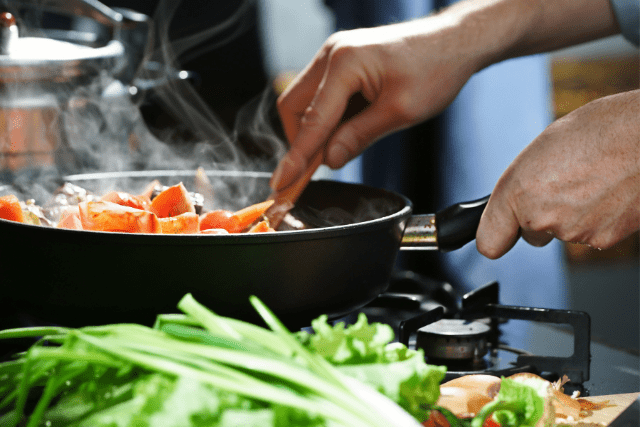If you’re looking for a comprehensive guide on gas stove burners, you’ve come to the right place. In this article, we’ll cover everything from how to choose the right burner for your stove to how to properly care for it. We’ll also provide some tips on troubleshooting common problems. By the end of this guide, you’ll be an expert on gas stove burners!
Introduction
A gas stove burner is a type of cooking appliance that uses natural gas or propane to generate heat. The heat generated by a gas stove burner can be used to cook food or to provide warmth in a home or other space.
Gas stove burners are typically made of metal, and the most common type is the open-flame burner. Open-flame burners have a small hole in the center of the burner through which gas flows. When the gas is ignited, it burns with a flame that is used to cook food or provide warmth.
Some gas stove burners also have a pilot light, which is a small flame that is always burning. The pilot light ignites the gas when it is turned on, making it easier to start the burner.
The history of gas stove burners
Gas stove burners have been around for centuries. The first recorded use of a gas stove was in 1626 by a German chemist, Johann Becher. He used a wood-burning stove to heat his laboratory and discovered that the gases given off by the burning wood would ignite when they came into contact with a flame.
It wasn’t until the 19th century that gas stoves became widely used in homes. In 1802, British inventor William Murdock patented a coal-gas lighting system that could be used in homes and factories. This system used a network of pipes to deliver the gas to burners, where it was then lit with a match.
The first successful commercial gas stove was introduced in 1836 by French engineer Marc Antoine Francois Chauvet. His design used an air intake to regulate the flow of gas and prevent explosions.
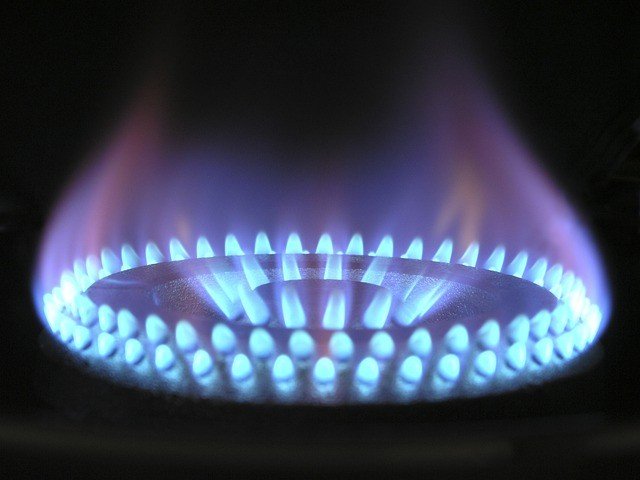
How do gas stove burners work?
Gas stove burners use natural gas or propane to create heat. The gas is ignited by a spark, which is created by a wire that runs from the igniter to the burner. The heat from the burner then ignites the gas and creates a flame. The size of the flame can be controlled by adjusting the amount of gas that is being released.
Types of gas stove burners
There are four main types of gas stove burners: radiant, sealed, semi-sealed, and open. Each has its own advantages and disadvantages.
Radiant burners
Radiant burners have a hot surface that ignites the gas. They heat up quickly and evenly, making them great for cooking at high temperatures. However, they can be difficult to clean and can become damaged easily.
Sealed burners have a metal ring around the outside that prevents food and grease from getting inside. This makes them much easier to clean than radiant burners. However, they don’t distribute heat as evenly and can take longer to heat up.
Semi-sealed burners
Semi-sealed burners are a combination of the two previous types. They have a metal ring around the outside like sealed burners but also have a hot surface like radiant burners. Sealed burners are usually found on gas ranges and electric ranges (unless you have a two-burner electric stove). The only notable exceptions are the Stovetop Grill and the KitchenAid Convection Oven.
Open gas stove burners
Open gas stove burner types are the most common type of gas stove burner. They are also the most efficient type of gas stove burner. Open gas stove burners have a few disadvantages, but they are outweighed by the advantages.
One disadvantage of open gas stove burners is that they can be less precise than other types of gas stove burners. This is because the flame can spread out more and isn’t as focused. Additionally, open gas stove burners can be more difficult to control than other types of gas stove burners.
Despite these disadvantages, open gas stove burners have many advantages. One advantage is that they heat up food more evenly. Additionally, open gas stove burners are usually less expensive than other types of gas stove burners.
Different types of material in gas stove burners
There are a few different materials that gas stove burners can be made out of. The most common material is cast iron, but it can also be made out of steel, ceramic, or brass.
Cast iron
Cast iron is the most common material for gas stove burners because it is the most durable. It is also good at evenly distributing heat, which is important for cooking food evenly. However, cast iron can rust if it is not properly cared for.
Steel
Steel gas stove burners are less common than cast iron ones, but they have a few advantages. Steel is less likely to rust than cast iron, and it conducts heat slightly better. However, steel doesn’t distribute heat as evenly as cast iron, so food may not cook as evenly on a steel burner.
Ceramic
If you’re looking for a durable and efficient stovetop, you can’t go wrong with a gas stove that features ceramic burners. Unlike traditional gas burners, ceramic burners are made with a smooth, glazed surface that is easy to clean and won’t corrode over time. Plus, the even heat distribution of these types of burners ensures that your food will be cooked evenly every time.
Brass
Brass gas stove burners are a popular choice for many homeowners. Here’s what you need to know about brass burners:
Brass gas stove burners are known for their durability and heat retention. Brass is a very strong material that can withstand high temperatures, making it ideal for use in a gas stove. Brass also has excellent heat conductivity, meaning that it can help distribute heat evenly across your cooktop.
One downside of brass gas stove burners is that they can be more expensive than other burner materials. However, many homeowners feel that the benefits of brass outweigh the cost, especially if you plan on using your gas stove regularly.
The benefits of using gas stove burners over electric stove burners
There are many benefits that come with using gas stove burners over electric stove burners.
Heat up faster
Gas stove burners heat up faster than electric stove burners, so you can start cooking your food sooner. This is because gas is more energy-dense than electricity, meaning that a given volume of gas contains more potential energy than the same volume of electricity. This means that when you turn on a gas stove, the burner is able to access and use more energy than an electric stove burner.
Another reason is that electric stoves have to convert electrical energy into heat, while gas stoves burn fuel directly to create heat. This conversion process takes time and results in inefficiencies. Additionally, electric stoves typically have thicker heating elements than gas stoves. This further slows down the heating process because it takes longer for the heat to travel through the element and into the pot or pan resting on top of it.
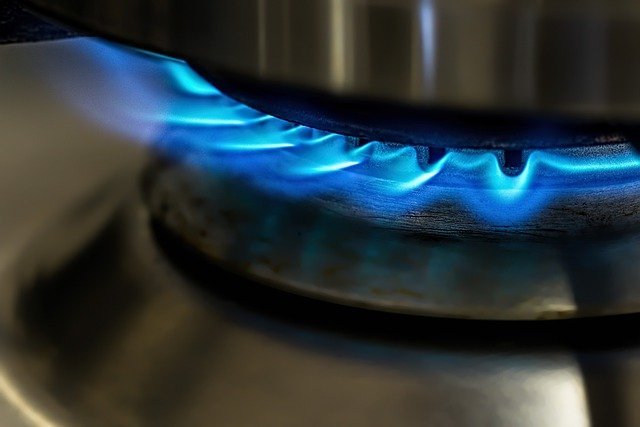
Cool down faster
Gas stove burners also cool down faster than electric stove burners, so you can stop cooking your food sooner. This is especially helpful if you’re cooking something that can burn easily, like eggs or bacon. So if speed and efficiency are your priorities, gas is the way to go.
Better control of the temperature
If you’re looking for better control of the temperature while cooking, a gas stove burner is a great option. Gas stove burners allow you to precisely control the heat output, so you can cook your food exactly how you want it.
Safer to Use
Gas stove burners are a safe option. They’re less likely to cause fires than electric stove burners, and they’re easy to control. If you’re looking for a safe and reliable way to cook your food, gas stove burners are a good choice.
Visibility of flames
If you’re looking for an easy way to tell when your food is cooking, gas stove burner flames can be seen. This makes it simple to know when to adjust the heat or take your food off the burner. Additionally, if you’re ever in doubt about whether or not your stove is still on, you can simply look to see if the burner flames are still visible.
The drawbacks of using gas stove burners
While gas stove burners have many benefits, there are also some drawbacks to using them. One of the biggest drawbacks is that they can be very expensive to install and maintain. Additionally, gas stove burners can give off harmful emissions, which can be a health hazard for both you and your family. Finally, if there is a gas leak, it can be very dangerous and even deadly.
The Best Way to Light a Gas Stove Burner
When lighting a gas stove burner, make sure that the knob is turned to the “off” position. Then, open the oven door and use a long match or lighter to ignite the flame at the front of the burner. Be sure to hold the match or lighter close to the burner while lighting it. You may need to do this a few times before the flame ignites. Once the flame is lit, you can adjust it by turning the knob to your desired setting.
If you’re having trouble lighting your gas stove burner, check to see if there is any dirt or debris blocking the opening. If so, use a brush or cloth to clean it out. You should also make sure that there is no Gas Leak before attempting to light the stove again.
Simple Maintenance Tips for Gas Stove Burners
When it comes to maintenance, gas stove burners are pretty low-maintenance. However, there are a few things you can do to keep them working well and prolong their lives.
- Clean them frequently with soapy water and a soft cloth. You should also remove any food debris or grease that has built up around the burner heads. Be careful not to use any harsh chemicals or abrasive materials, as these can damage the burner. If there are any clogs, use a pin or needle to clear them. Once the burner heads are clean, dry them thoroughly and put them back on the stove. If there are any tough stains, scrub them with a nylon brush.
- It’s important to regularly check the gas connections and make sure they’re tight. If you notice any leaks, contact a professional immediately.
- You should also check the burner for any signs of damage or wear and tear. If you see any cracks or chips, it’s best to replace the burner rather than try to repair it. Gas stove burners are relatively inexpensive, so replacing one is usually more cost-effective than repairing it.
- If your gas stove burners aren’t igniting, there’s a good chance that the problem lies with the igniter. The first thing you’ll want to do is make sure that the igniter is receiving power. If it is, then you’ll need to clean it. An easy way to do this is to remove the burner and soak it in a bowl of soapy water. Once it’s clean, dry it off and reattach it to the stove. If your igniter still isn’t working, you may need to replace it.
By following these simple tips, you can help keep your gas stove top burners in optimal condition. It’s also important to know how to properly care for your gas stove burner. Follow the manufacturer’s instructions carefully, and make sure to clean it regularly. A little preventative maintenance can go a long way in keeping your burner working properly for years to come.
How to choose the best gas stove burner?
When it comes to choosing the best gas stove burner, there are a few things you’ll want to keep in mind.
Check the BTU rating
When shopping for a new gas stove burner, it is important to know the BTU rating (British Thermal Units). The BTU rating is a measure of the amount of heat that the burner produces. A higher BTU rating means that the burner will produce more heat. A lower BTU rating means that the burner will produce less heat.
The BTU rating is not the only factor to consider when choosing a gas stove burner. The size of the burner, the type of gas, and the ventilation requirements are also important factors to consider.

The size of the burner
The size of the burner will dictate how much heat is produced and how evenly the heat is distributed. There are three main types of burners: small, medium, and large. Small burners have a low BTU output and are best suited for simmering or boiling water. Medium burners have a slightly higher BTU output and are good for cooking pasta or sautéing vegetables. Large burners have the highest BTU output and are best for searing meat or stir-frying.
If you do a lot of cooking, it might be worth it to invest in a stove with multiple burner sizes. This way, you can have more flexibility when cooking different dishes.
The shape of the burner head
It is an important factor to consider when purchasing a gas stove burner. The most common shapes in gas stove burners are round, oval, and square. Round burners are the most versatile and can be used with many different pot and pan sizes. Oval burners are best suited for long, narrow pans such as skillets. Square burners are best for large pots and pans.
Material
There are several different types of materials that can be used to make a gas stove burner. The most common type of material is metal, but there are also burner heads made from ceramic and glass. Each type of material has its own advantages and disadvantages.
Metal burners are the most durable type of burner head, and they’re also the best at conducting heat. However, they can also be the most difficult to clean, since grease and burnt-on food can easily become stuck to the metal surface.
Ceramic burners are less durable than metal ones, but they’re much easier to clean. They don’t conduct heat quite as well as metal burners, so they might not be the best choice if you’re looking for a very high-powered stove.
Ensure you can control the heat
One of the most important factors to consider is the level of heat control that the burner offers. Some models allow for very precise heat control, while others are more basic and only offer a few different settings.
Another thing to keep in mind is how easy the burner is to operate. Some have complex controls that can be difficult to use, while others are very straightforward. It’s important to choose a model that you’ll be able to operate easily, especially if you’re new to using gas stoves.
Price and Warranty
Price is an important factor to consider. Gas stove burners can range in price from around 500 to 8k, so it’s important to find one that fits your budget. Keep in mind that the more expensive models may come with features like automatic ignition and adjustable flame control, which can be worth the extra cost. Ultimately, it’s up to you to decide how much you’re willing to spend on a gas stove burner.
Some manufacturers offer long warranties, while others only offer limited coverage. Make sure to read the fine print so you know what’s covered and what’s not.
With all of these factors in mind, you should be able to find the best gas stove burner for your needs.
Modern trends in gas stove burners
High-tech gas stove burners are becoming more popular in today’s kitchens. These new burners offer many features that make cooking easier and more efficient. Some of the most popular features include:
Child lock
In recent years, an increasingly popular feature for gas stove burners has been the inclusion of a child lock. This is a great safety feature for families, as it helps to prevent children from accidentally turning on the stove and causing a fire.
Built-in igniter
These days, many gas stove burners come with a built-in igniter. This is a great convenience for several reasons. First of all, you don’t have to fumble around with matches or a lighter in order to get the burner started. Just push a button and it’s lit!
Built-in igniters are usually much more reliable than matches or lighters, so you’re less likely to have any problems getting the burner going. Built-in igniters make it easy to light just one burner at a time if you’re only using part of the stovetop.
Ability to control the flame size
One popular new trend is the ability to control flame size. This is a great feature for those who want to be able to cook with precision. Gas stove burners typically have a knob that allows you to control the amount of gas that flows to the burner, and therefore the size of the flame.
Cooktop surface sensors
Cooktop surface sensors are designed to detect when a pot or pan has been placed on the cooktop. When the sensor detects the presence of a pot or pan, it will automatically turn on the burner and begin heating the cooktop. The sensor will then monitor the temperature of the cooktop and adjust the burner accordingly.
The sensor will also turn off the burner when it detects that the pot or pan has been removed from the cooktop. This prevents accidental fires from occurring.
Power boost
If you’re looking for a quick way to raise the temperature of your burner, the power boost feature is a great option. This feature allows you to quickly raise the temperature of your burner, which can come in handy for tasks like boiling water or cooking food that requires high heat. Keep in mind that the power boost feature will use more gas than usual, so be sure to adjust your settings accordingly.
If you’re looking for a more high-tech cooking experience, gas stove burners with these advanced features are definitely worth considering.
Conclusion
While gas stove burners can present some challenges, following the proper tips and tricks can help you avoid any issues. Be sure to clean your gas stove burner regularly to prevent any dirt or residue from building up and causing problems. If you do experience any problems with your gas stove burner, don’t hesitate to contact a professional for help. With a little bit of care, you can keep your gas stove burner working properly for years to come.



